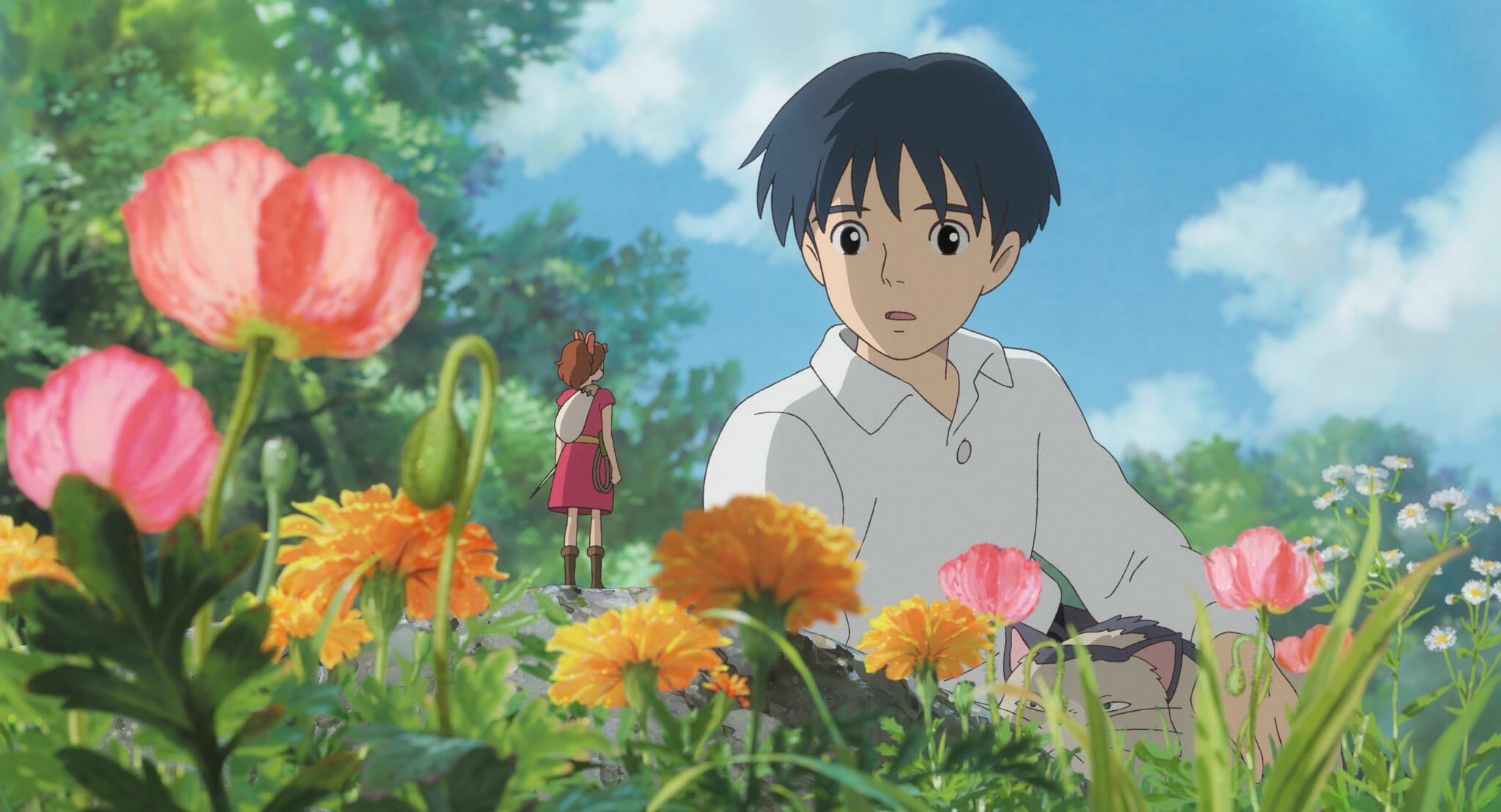The Secret World of Arrietty

In an industry where animation has begun to all look and feel the same—thanks partly to the standard set by Pixar—The Secret World of Arrietty arrives as a breath of fresh air. Slow, calm and quiet with beautifully detailed imagery, the Japanese fantasy may not be the greatest achievement of Studio Ghibli, which has given us the likes of My Neighbor Totoro, Princess Mononoke and Spirited Away, but it’s a real charmer with a big imagination—the sort of film children need to grow up on.
Adapted by screenwriter Hayao Miyazaki (the studio’s top director) from Mary Norton’s 1952 children’s novel The Borrowers, the story centers on Arrietty, a teenage tiny person who lives with her family below the floorboards of a home in modern-day Tokyo. When Shawn, a young “bean” (human), moves into the house to spend time with his grandma and spots the little “borrowers,” Arrietty and her family face a dilemma: despite Shawn’s gentle demeanor, his awareness of them threatens their very existence. Nonetheless, Arrietty forms a friendship with Shawn, who gains her trust after revealing to her that he is terminally ill.
Though it builds with angst toward an eventual climax as Arrietty’s family decides what to do, The Secret World of Arrietty is a film as interested in the particular elements of the story as in the actual outcome of it. This is especially true of the bond formed between Arrietty and Shawn. These two couldn’t be in any more different worlds—one a human boy on his way to dying young and the other a tiny little girl full of joy and aspirations—but their relationship triggers a change in both of them for the better. Arrietty, in all her optimism, inspires Shawn to push forward and seek life, while Shawn helps her understand and see the world in a new light. He teaches her responsibility and perspective. He teaches her to grow up.
-

-

-

-

-

-

-

-

-

-

-

-

-

-

-

-

-

-

-

-

-

-

-

-

-

-

-

-

-

-

-

-

-

-

-

-

-

-

-

-








































